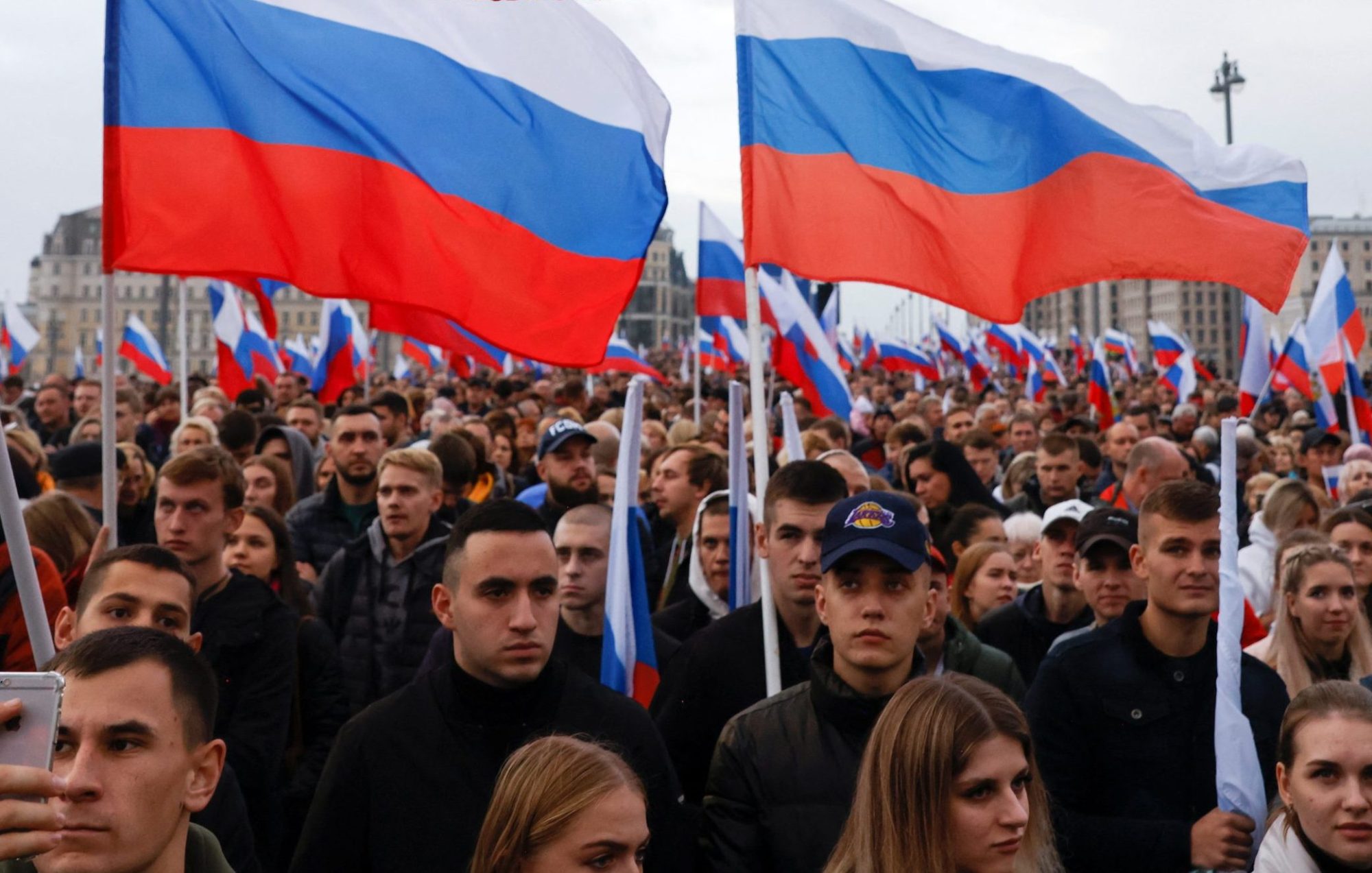Introduction:
The historical relationship between Ukraine and Russia is a complex tapestry woven with threads of shared heritage, cultural divergences, and struggles for autonomy. This article explores the nuanced evolution of national identities in Ukraine and Russia, tracing their journey across centuries and the persistent struggles that have shaped their dynamic relationship.
I. Ancient Roots: Kyivan Rus and the Genesis of Shared Identity
The origins of Ukrainian and Russian identities can be traced back to the medieval state of Kyivan Rus, established in the 9th century. Kyivan Rus served as a cultural and religious focal point, with the adoption of Christianity in 988 creating a shared religious foundation. Linguistically, culturally, and religiously linked, the early period of Kyivan Rus laid the groundwork for the common heritage of Ukrainians and Russians.
II. Cossacks and Tsars: Cultural Divergence Takes Root
The emergence of the Cossacks in the 16th century played a pivotal role in shaping the cultural divergence between Ukraine and Russia. The Zaporozhian Cossacks, dwelling in autonomous communities on the steppes, cultivated a unique blend of democratic governance and military prowess. This fostered a sense of independence among Ukrainians, setting them on a distinct path from their Russian counterparts.
Meanwhile, Russia was evolving under the rule of the Tsars, expanding its territories and consolidating power. The centralization of authority in Moscow contributed to the formation of a distinct Russian identity, centered around autocratic rule and the Russian Orthodox Church. This cultural and political divergence laid the groundwork for future tensions.
III. Imperial Rivalries: Struggles for Ukrainian Autonomy
The 17th and 18th centuries witnessed conflicts and uprisings reflecting the struggle for autonomy in the region. The Cossack Hetmanate, a semi-autonomous state within the Russian Empire, became a focal point for these tensions. The Hetmanate vacillated between seeking greater autonomy and aligning with Moscow to resist external threats.
The 17th-century Khmelnytsky Uprising, initially driven by grievances against Polish rule, expanded into a broader struggle for Ukrainian autonomy.
IV. 19th Century Renaissance: Ukrainian National Awakening
The 19th century witnessed a resurgence of Ukrainian culture and identity as part of a broader national awakening. Figures like Taras Shevchenko played a crucial role in fostering a sense of national pride and linguistic distinctiveness among Ukrainians. This movement sought to reclaim Ukraine’s historical heritage and resist Russification policies imposed by the Russian Empire.
Concurrently, Russia grappled with its own challenges of modernization and cultural identity. The Slavophile and Westernizer movements showcased the diverse perspectives within Russian intellectual circles, with some advocating for a pan-Slavic identity and others championing Western European ideals.
V. Soviet Era: Ukrainization and Stalinist Repression
The 20th century brought radical changes to Ukraine and Russia. The aftermath of the Russian Revolution in 1917 led to the establishment of the Ukrainian Soviet Socialist Republic (USSR). Despite a brief period of Ukrainian independence, Ukraine became one of the founding republics of the Soviet Union in 1922.
Early Soviet years saw attempts at Ukrainization, promoting the Ukrainian language and culture.
VI. Contemporary Challenges: Independence and Strained Relations
The late 20th century witnessed renewed efforts for independence in Ukraine. The disintegration of the Soviet Union in 1991 culminated in the proclamation of Ukrainian independence. However, the path to establishing a distinct national identity and sovereignty was fraught with challenges.
Debates over language, historical narratives, and geopolitical orientation shaped post-Soviet Ukrainian identity. Recent events, such as the annexation of Crimea by Russia in 2014 and the ongoing conflict in Eastern Ukraine, have further strained the relationship, underscoring the persistent struggle for autonomy and self-determination.
Conclusion:
The historical trajectory of Ukraine and Russia encapsulates a narrative of intertwined destinies, cultural divergences, and struggles for autonomy. From the early unity of Kyivan Rus to the contemporary challenges of geopolitical tensions, the shared history of these nations continues to influence their relationship. As Ukraine and Russia navigate the complexities of the 21st century, the legacy of their historical struggles emphasizes the enduring significance of national identity and the ongoing quest for self-determination.




